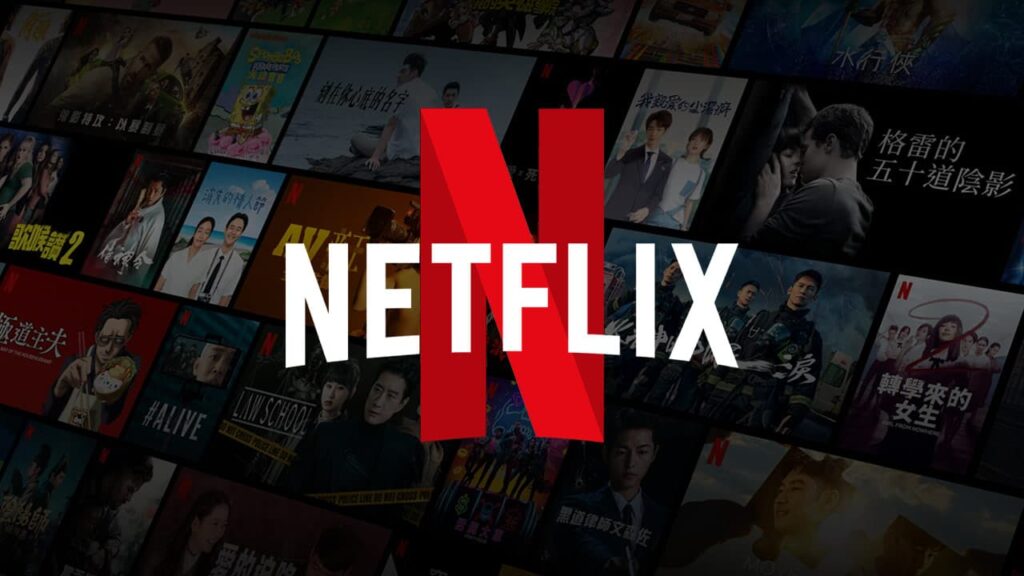
Is Netflix’s fake profile problem about to put it out of business?
In a bold move that’s stirring up the streaming world, Netflix has finally decided to share viewership stats for almost all of its shows and movies.
This transparency shift marks a significant change for the streaming giant, which has long been known for keeping its cards close to its chest when it comes to data. So does that mean you can make a fake profile? Let’s see what the fake profile buzz is all about and whether there’s any merit to it.

A New Era of Transparency
Netflix’s newly released “What We Watched” report, which details viewing hours over the past six months, represents a sea change in the company’s approach. Ted Sarandos, co-CEO of Netflix, acknowledged during a conference call that the previous secrecy around viewership data had caused some distrust in the creator community. But why the sudden change?
With nearly 250 million global subscribers, Netflix now feels confident enough to peel back the curtain. The introduction of an advertising tier demanding more transparency and pressure from Hollywood actors and writers for fair compensation based on viewership have also played a part in this shift.

Impact on the Industry
This newfound openness could reshape how shows are produced and valued. The “What We Watched” report shows a clear preference for original content, with originals accounting for 55% of all viewing between January and June.
The most-watched show? Season one of “The Night Agent,” a Netflix original action thriller, with a staggering 812 million viewing hours. This data is not just a set of numbers; it’s a treasure trove for creators, producers, and even advertisers, who now have a clearer picture of what audiences are actually watching.

Breaking Down the Numbers
Netflix’s report is extensive, covering more than 18,000 titles, which represents 99% of all viewing on the platform. This level of detail is unprecedented in the streaming industry, eclipsing the information shared by other platforms except YouTube. The report not only lists hours viewed for every title but also includes premiere dates and global availability.
It’s a goldmine for those looking to understand viewer preferences and trends, especially considering that over 60% of Netflix titles released in the first half of 2023 appeared on weekly Top 10 lists. The data reveals interesting trends. Returning favorites like “Ginny & Georgia” and “Outer Banks” continue to capture viewers’ hearts, while new series like “The Night Agent” and “Beef” are creating buzz.
There’s also a noticeable appetite for non-English content, which made up 30% of all viewing. And it’s not just about new releases; older, licensed titles still draw significant viewership, proving that nostalgia and familiarity are powerful draws.

Beyond the Numbers
But here’s the catch: success on Netflix isn’t just about hours viewed. The company emphasizes that success comes in various forms, and it’s more about thrilling the audience than just accumulating viewing hours. To truly compare titles, one should look at the weekly Top 10 and Most Popular lists, which factor in run times and premiere dates.
Netflix’s decision to share viewership data is a game-changer. It offers deeper insights into audience preferences and sets a new standard in the streaming industry. Creators and industry insiders now have a clearer map to navigate the ever-evolving world of digital entertainment.
So, as we digest this rich data and speculate about the future of our favorite shows and movies, one question remains: How will this newfound transparency shape what we watch next on Netflix?







